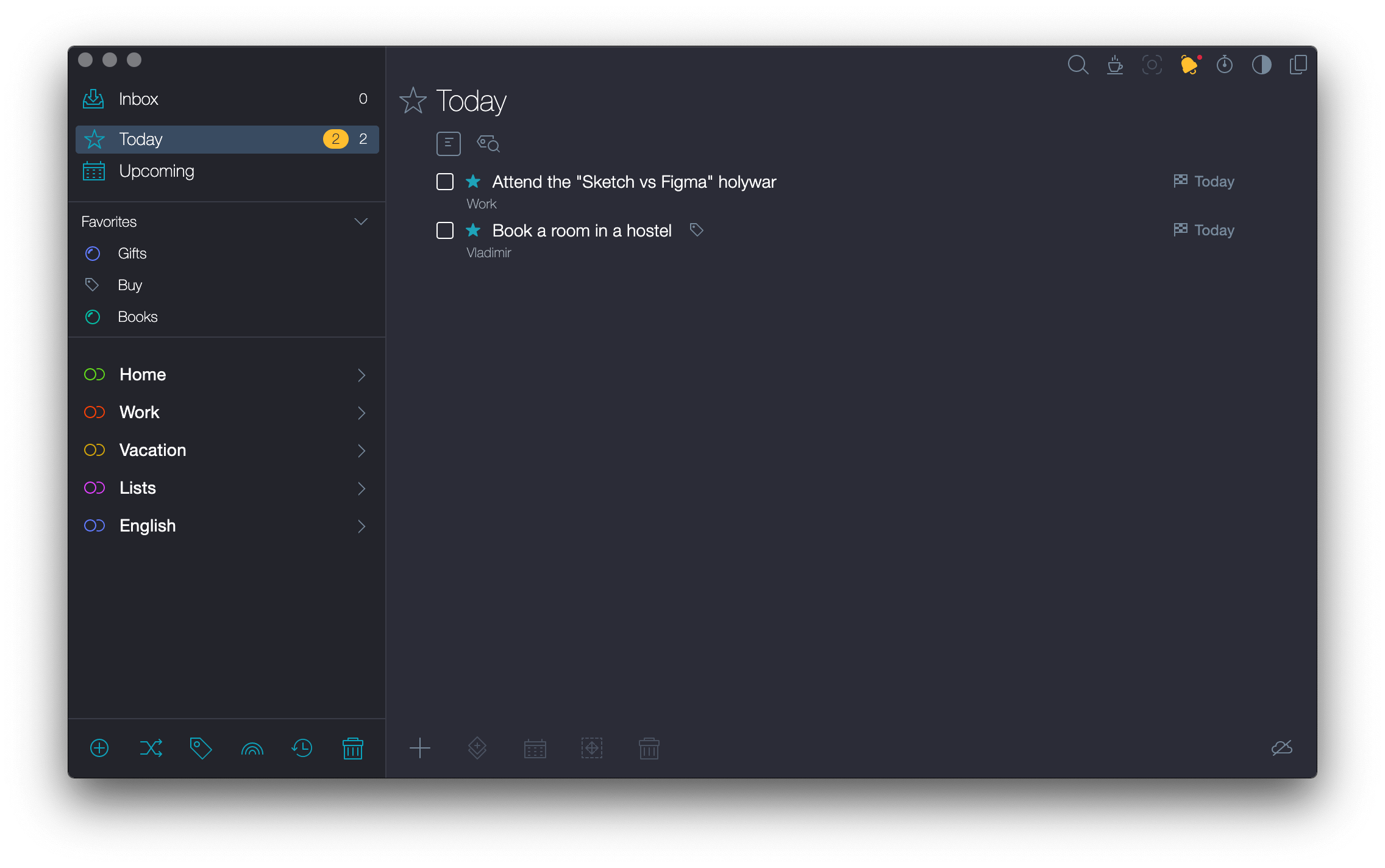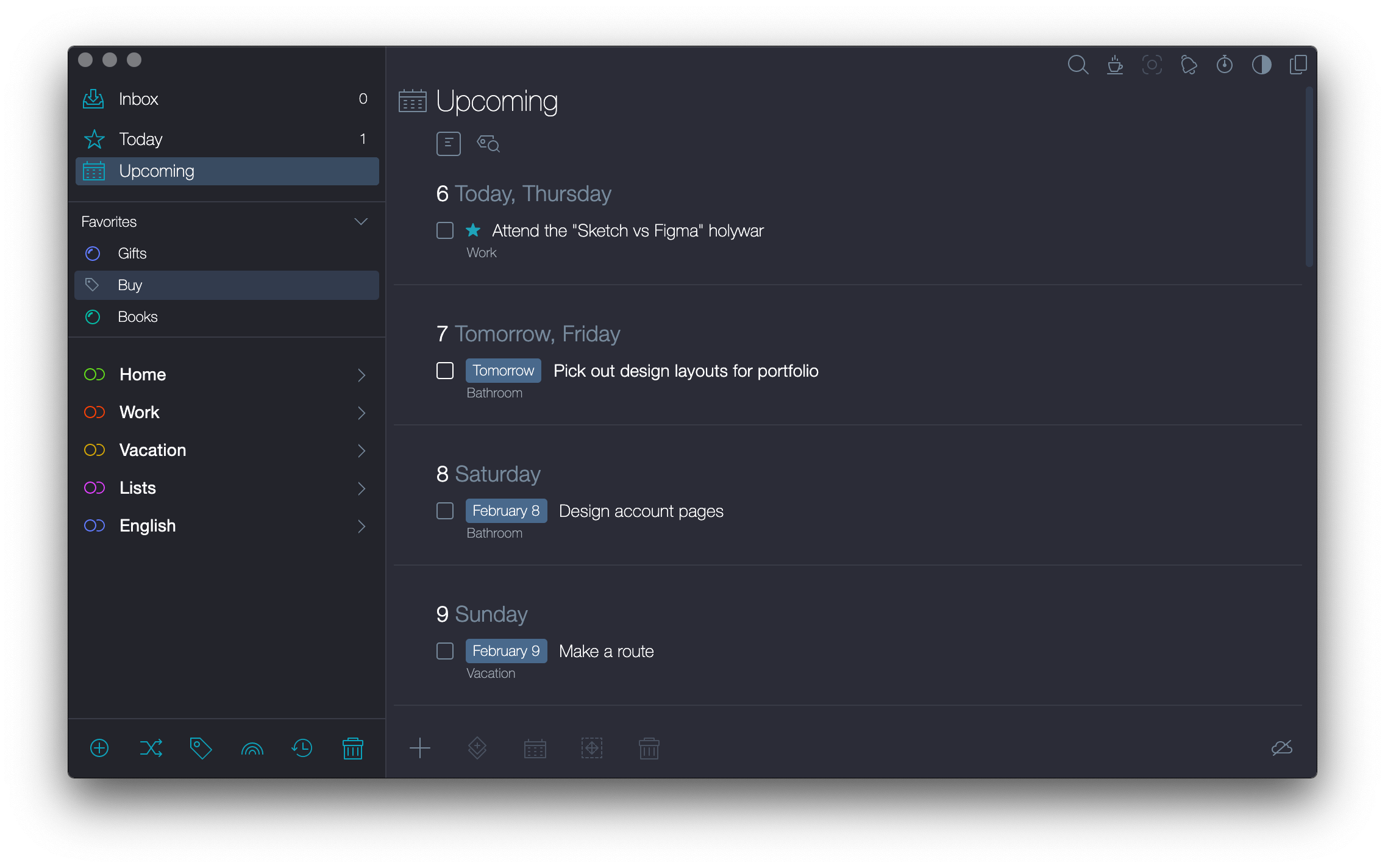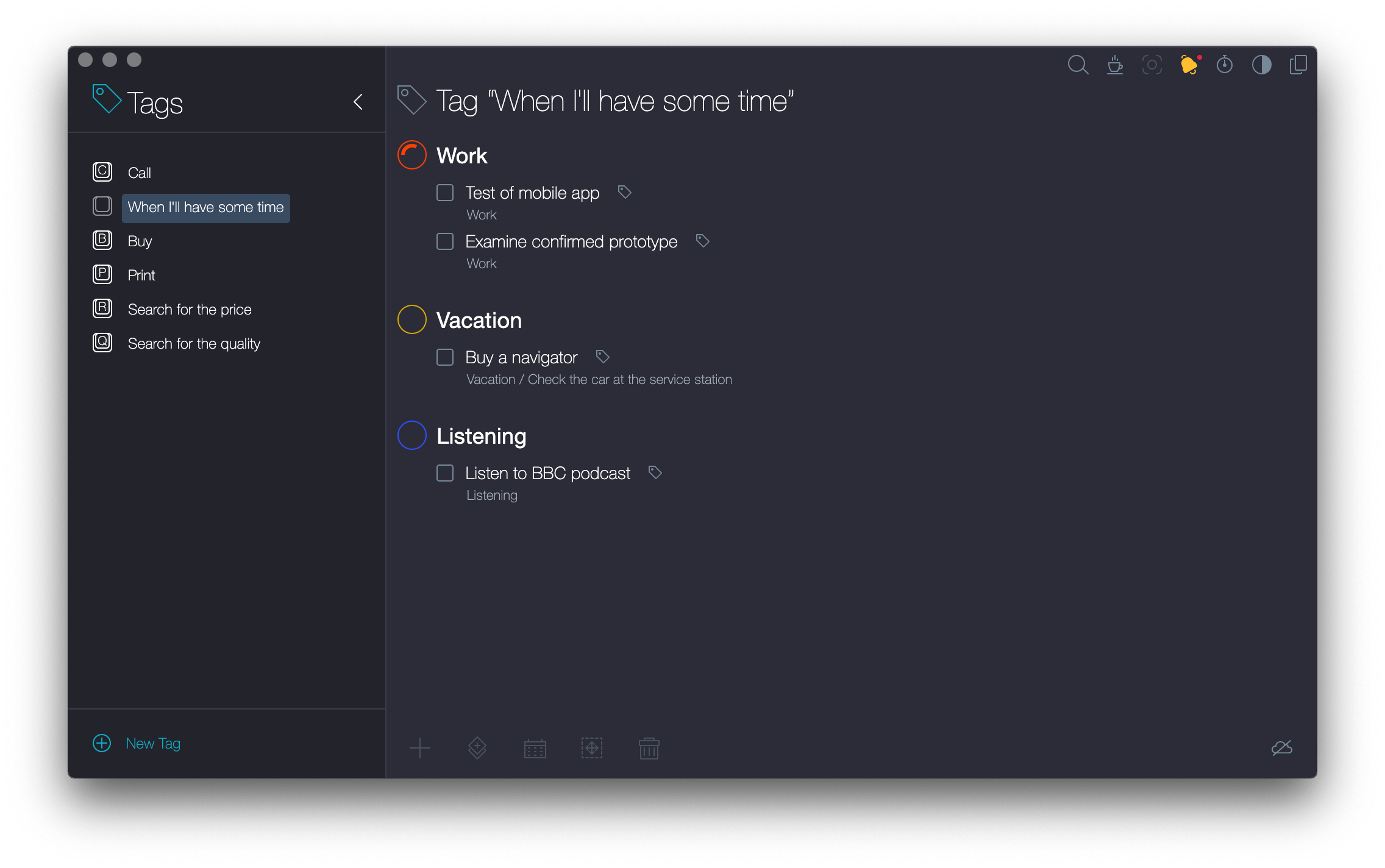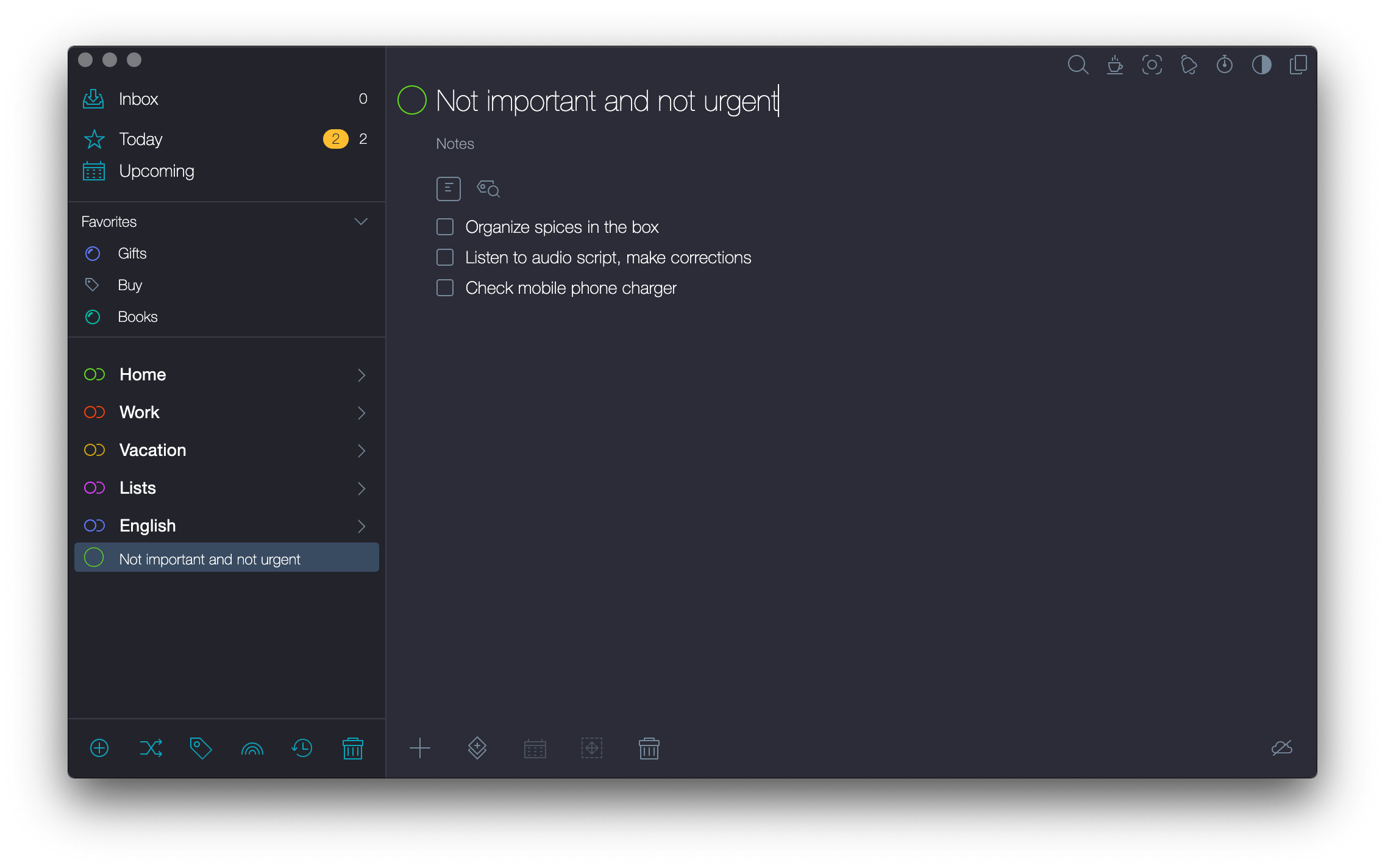"Will you hit the jackpot if you do it?"
"No, sir."
"Will you let your fellow down if you don’t do it?"
"No, sir."
"Will you screw up if you don’t do that?"
"I'm afraid, I will, sir."
"Then go and change, sonny. This is an important task."
"How urgent, sir?"
"Can it wait until the end of the battle?"
"Absolutely not, sir"
"Then this is an urgent task, sonny. Change right now!"
"Yes, sir. Where can I find pants?"
"To foresee this was an important though non-urgent task, sonny. As well as to buy antidiarrheal."
We draw the axis of abscissas for urgency. We draw the axis of ordinate for importance. Anything above the intersection is important. Anything below is not important. Anything to the right of the intersection point is urgent. Anything to the left is not urgent. Here it is! The Eisenhower matrix, the immortal creation of General Ike, that was given to the world as a gift from the 34th president of the United States.

This guy separated the important from the unimportant and the urgent from the non-urgent — like black from white. He shuffled categories of urgency and importance in any manner. To develop such a skill, simple guys need from 3 to 20 days.
To be like Ike
To understand if the task is important, imagine a bald, smiling Eisenhower and ask yourself in his voice:
"Will you hit the jackpot if you do it?"
"Will you let your fellow down if you don't do it?"
"Will you screw up if you don't do that?"
If your answer is "yes" to at least one of these questions, so the task is important.
To understand if the task is urgent, ask yourself,
"Can it wait until the end of the month?"
"Can it wait until the end of the week?"
"Can it wait until tomorrow?"
If it cannot, it seems to be an urgent task indeed.
IMPORTANT and URGENT (type A tasks)
Important and urgent tasks are the entire depressive set: problems, critical situations, hot deadlines, "Eek! It needs being done today, now, yesterday!"
 What should you do with such tasks?
What should you do with such tasks?The first option is to complete right away.
The second option is to delegate immediately.
IMPORTANT but not urgent (type B tasks)
Important and non-urgent tasks are the state of Zen: observation, planning, prevention, development.

What should you do with such tasks?
- Set a date for a task.
- On the appointed date, get into the lotus position and complete the task.
URGENT and unimportant (type C tasks)
Urgent and unimportant tasks are daily routines, other people’s demands, automatic actions.

What should you do with such tasks?
The first option is to delegate.
The second option is
- Create a special tag for such tasks.
- When you have a sudden opening during the day, click on the tag, view the tasks and complete what is possible.
Unimportant and non-urgent (type D tasks)
Unimportant and non-urgent tasks are the ones that prevent us to turn ultimately into mega-efficient robots, i.e. our weaknesses — joys, pleasure, and desires.

What should you do with such tasks?
- Create a new project for these tasks.
- View these tasks in review mode once a week.3. Add 1−7 of them to the weekly plan, setting the dates.





